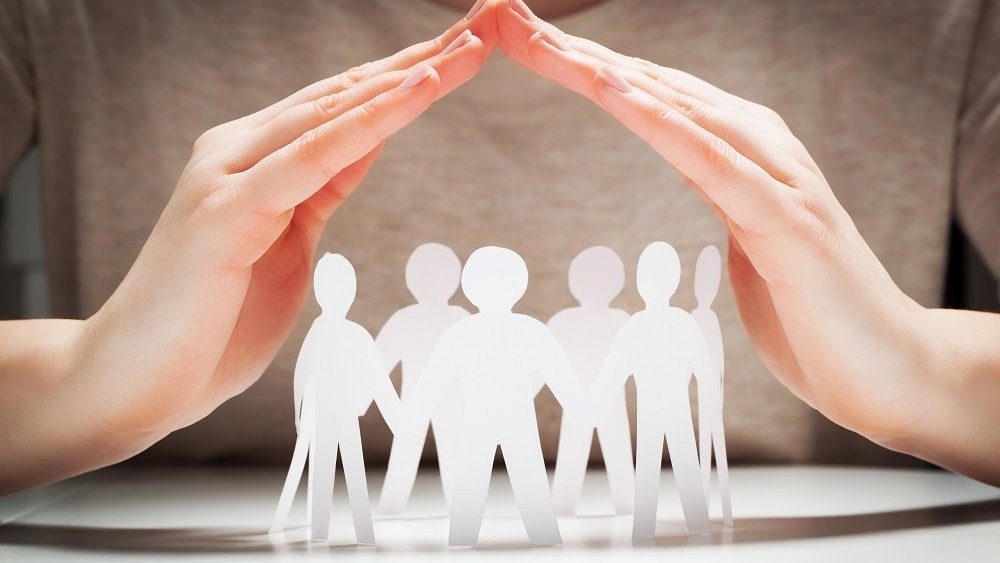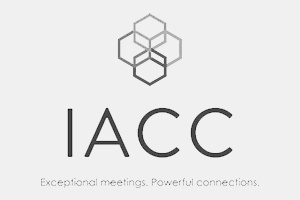Hannah Jackson from Yellow Tree Wellbeing spoke at our Learning and Development Thought Leaders' Conference in June. Below she talks about her experience becoming a Human Givens Therapist and shares an introduction to the Human Givens model...
In 2008 my husband Patrick died whilst we were on holiday in Italy. One day we were walking around a market in Calabria and the next day he was gone. As with any loss I took time to adjust and the natural grieving process played itself out. However, at 42, husbandless, childless and with no real career path to speak off I went in to a decline. Extremely stressful events like losing a loved one, divorce, even moving home can send us in to a spin and although nerves don’t break down, mine felt as though they were. I couldn’t stop crying, I slept all day and all night and if I wasn’t sleeping I was watching endless TV, cutting myself off from friends and living on the sofa.
A friend suggested I see a Human Givens Therapist. I wasn’t keen, not wishing to dredge up old hurts and wounds that I had churned over and over with other therapists. She assured me this new form of psychotherapy wasn’t like that; it could be a short intervention, Human Givens therapists typically see their patients for between 4 and 6 sessions.
After the first session I was amazed at the change I felt. I came to realise I had been depressed, off and on for years and Patrick’s death had precipitated a crisis point. Where previously I had seen things in a dissociative black and white now it was as if I was seeing in colour for the first time in years. I actually felt happy, joyous even. After the second session in which we worked on clearing and ‘re-filing’ traumatic childhood memories I was convinced that this was something I would like to train in.
So that is how I started my journey to be a Human Givens Therapist and came to know of the brilliant work of Joe Griffin and Ivan Tyrrell. Together they have created and honed the Human Givens model for emotional health and wellbeing.
At the core of the Human Givens approach to good mental health are the nine emotional needs, identified from decades of work by health and social psychologists. It’s a given that we all need, amongst others, a sense of control, emotional connection, security, attention and meaning. As I experienced, if we don’t get our innate emotional needs met and in balance, things can spiral out of control pretty quickly. And at times of extreme stress, for instance bereavement in my case, then our emotional needs may not be adequately met and unwelcome mental states such as anxiety or depression can develop. Even if only one of our needs is not being satisfied then this is enough to make us feel ‘out of balance’ and can affect our daily lives.
Looking back I now understand that when Pat died I no longer had my main emotional connection, a partner who accepted me for what I was, warts and all; my need for a sense of security had been rocked, I was now the sole provider for myself after years of having a joint income; I didn’t have a reliable job; my sense of purpose in supporting my husbands successful career as a musician had now gone, and so on. I had to face things from my past that I had been avoiding for years. No wonder I felt so out of kilter. Not only that but with those feelings coming to the surface one of my innate mental resources needed to get those needs met, my dreaming process, was going in to over-drive. I was worrying so much and trying to process all of this during my REM sleep leaving me feeling exhausted during the day, hence the long hours on the sofa! Joe Griffin’s brilliant expectation fulfillment theory explained in the book ‘Why We Dream’ informs a large part of the Human Given’s approach and has revolutionised how we treat depression and other mental health issues.
My therapist helped to redress the balance by identifying what was going on and helped me to worry less so that the quality of my sleep was better. I then found that I had more energy and mental capacity to find out what I wanted to do now with my life in my changed circumstances. Furthermore by addressing the trauma that had occurred in my childhood I was at long last able to see it as simply a memory, albeit a traumatic one. The trauma was no longer something that would trigger my fight or flight system and cause me distress every time a situation occurred that reminded me of it.
I think it’s a given that our natural state of life is to be happy and at ease both with ourselves and those around us. We all experience change from within and without, all day, every day. It is comforting to know that it’s those small adjustments we can make, using our innate resources, skills and attributes and the Human Given’s toolbox, that help us to lead happy and fulfilling lives.






